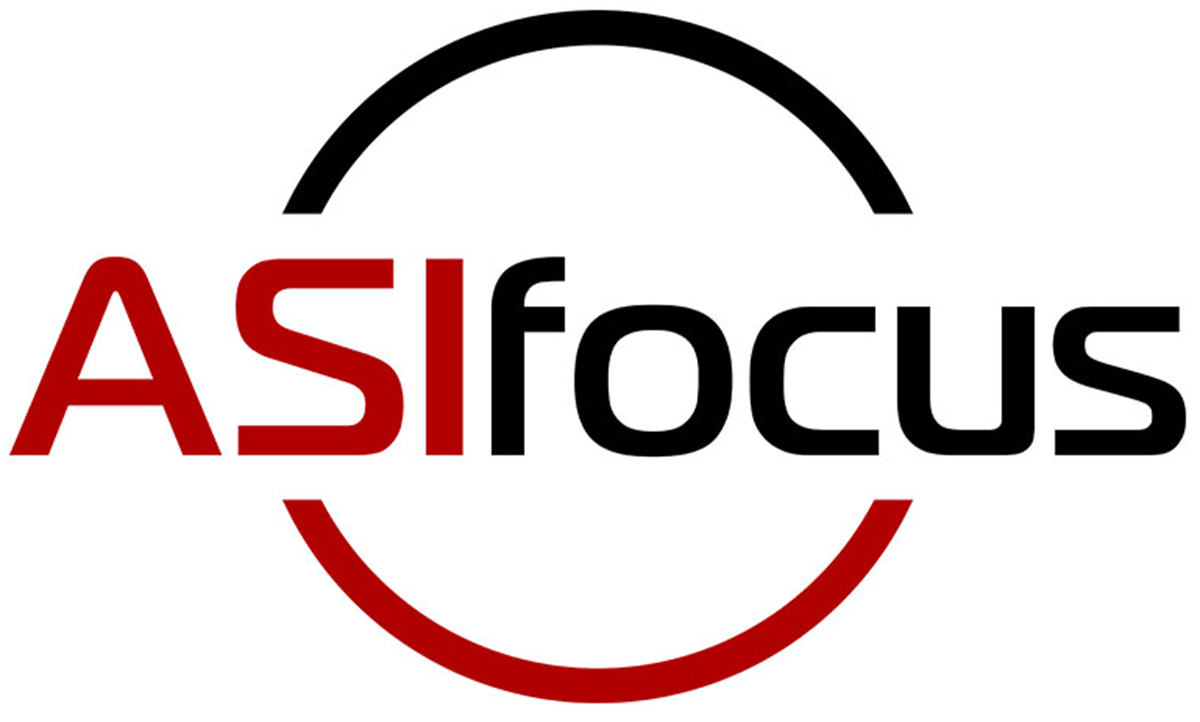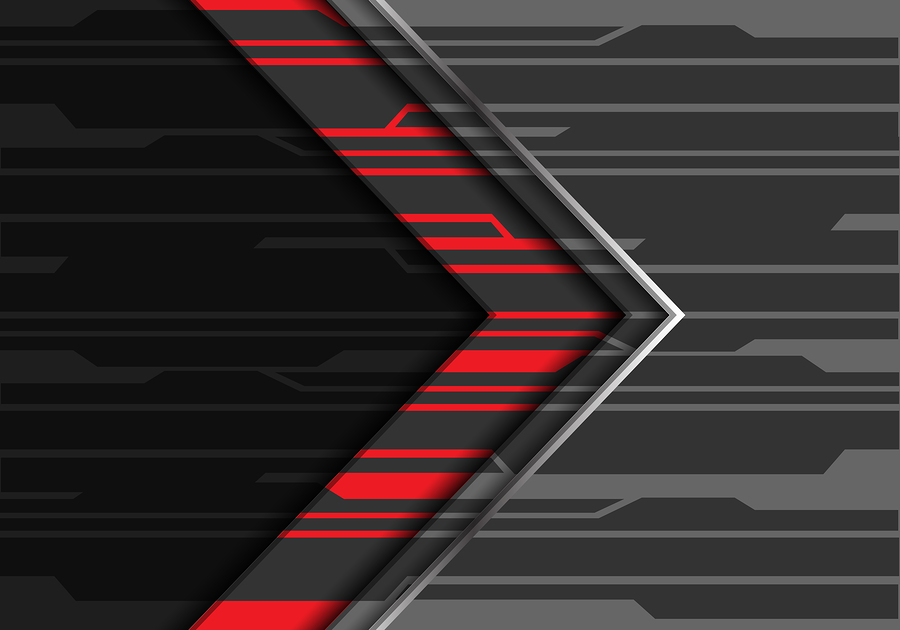Switching systems is a daunting task. Often, the mere thought of the pain of moving from one system—or worse, no system—to something completely new can freeze a tech team into inertia if there’s not a tested and reliable process in place for the switch. To minimize the opportunity for that inertia to paralyze your best-laid plans, try formulating your change with a technology-based approach.
What is a technology-based approach and how does it differ from other methods? New software purchases often trigger an internal RFP process, with teams and committees gathering to assess business needs, software requirements, user experiences, and more.
Now, that’s not bad; we use and recommend that approach ourselves. As with most things, choosing new software is never a one-size-fits-all experiment. Sometimes, a systematic business method of determining software feels like a square peg in a round hole. Companies that rely heavily on technology and have tech deep within their cultural DNA may find that a tech-based approach works better.
Using Tech to Find your New Tech
Two planning concepts undergird a tech-based search for ERP: a list of requirements heavy on the tech side; and a roadmap of existing software and data.
- Requirements: Requirements are the backbone of any search for new software. Knowing what you want and what you’d like to achieve with your new software makes sense. Tech requirements, however, differ somewhat from typical RFP gathering. Instead of focusing on business use cases, tech-based searches utilize technology requirements as the primary driver of the search. Functional requirements drive the search with people reporting which software they used that day, how they used it, and what they liked or didn’t like about it. This results in a list of requirements based on technical needs rather than business wishes, and is often better focused than a wish-list alone. It can be used separately or in conjunction with a business-use case study to form a comprehensive list.
- Roadmaps: Roadmaps chart a course for others to follow. A tech roadmap consists of mapping how the software within a company exists and interacts; which systems connect, and which do not. It also consists of data location mapping so that data silos can be identified. A map of the roads (software) and silos (data) helps software consultants work with your company to “connect the dots” so that all roads lead to productive outcomes.
This approach focuses on workflow and working methods—rather than on hypothetical use cases—to develop a list of needs for the company’s software. By understanding what technology needs you to have and how the current systems work (or don’t) to fill those needs, you can choose new ERP software that closes any gaps in the current system and provides you with better data management.
Connect with the Cloud
It’s no longer a question of “if” your data connects but when and how. Interconnected data, facilitated by the cloud, build a better ERP system. The more the data sources in your company can interact, the more information you can obtain from the data. Better reports lead to better outcomes and conclusions, with new and innovative strategies developed from there. But it begins with data. Cloud-based systems make all the difference by making it easy to connect systems and scale according to your data needs.
Migrate with Ease using Acumatica and ASI
Migrating from a legacy system to a cloud-based system can seem daunting. Fortunately, there’s Acumatica. From the tech-based research standpoint, Acumatica surpasses expectations. Right from deployment, it offers a variety of choices including SaaS, on-premises deployment, and cloud ERP, making it easy to pick the right one for your business’ technology needs.
Customizable dashboards make data use and integration much easier, too. Choose how you interact with the system and set it up to specifically meet those needs. As an added bonus, integration with third-party applications comes naturally to Acumatica. The system is built with the requirements of small to mid-sized businesses in mind.
Tech or use-case approaches to software selection can work equally well, depending on the company using them. The important thing is to find software that meets your business needs. Still feeling stuck? Accounting Systems Inc. has your back. As an official Acumatica partner, we’re uniquely positioned to help you customize your Acumatica experience from conception to implementation. We’re with you every step of the way to ensure successful changeover and adoption.
Whether you have questions, need support, or just want to start by chatting with a software consultant, ASI has your back. Contact us here for national reach with that local touch.

